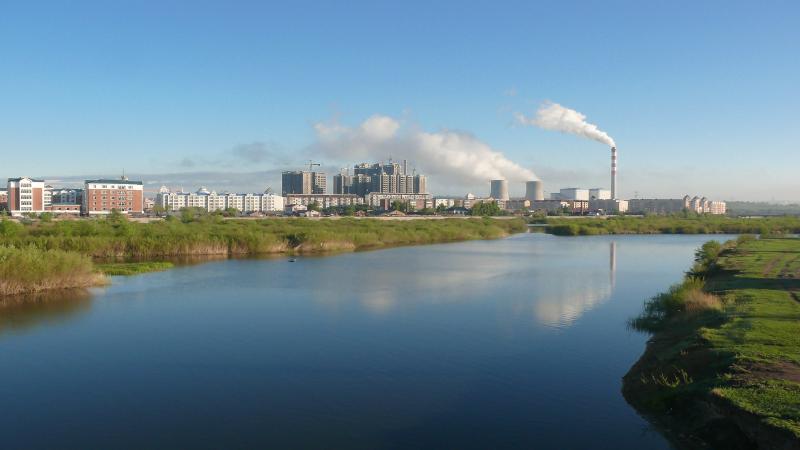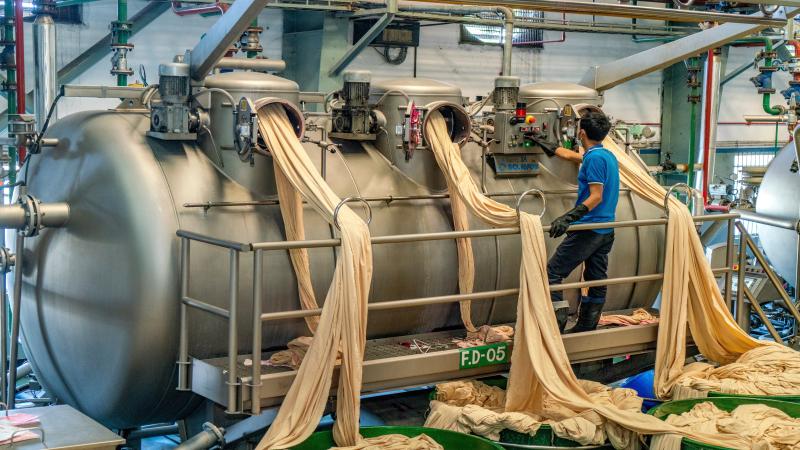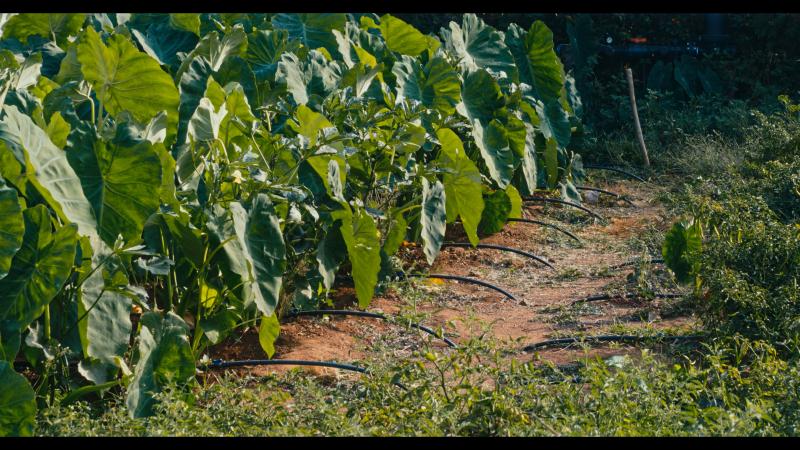Frame Choices
To support effective decision-making
We help business and government prioritize actions that mitigate water risks, balance competing needs, and ensure long-term water security. We do so by providing data-driven analysis, identifying trade-offs, and framing choices.

Prioritizing Options for Impact
The world’s populations and economies are rapidly growing, but water resources are limited. Informed decision-making can help prevent water-related crises by ensuring that water is sustainably managed.
Governments must manage water productively and sustainably at the city, regional (river basin), and national levels, where administrative, river basin and political boundaries intersect. Meanwhile, companies face growing risks to their operations, supply chains, and reputations as water scarcity and quality issues intensify. Effective water management requires well-informed policies, robust institutions, and a strategic approach that weighs trade-offs between human, economic, and environmental needs and considerations. Business leaders must navigate these complexities while ensuring operational continuity and sustainable growth.
Water’s value, however, extends far beyond tariffs alone. It encompasses human and social values, cultural considerations, economic well-being, and the health of ecosystems. This complexity makes decision-making in the water sector particularly challenging. We frame choices by integrating these varied factors to help stakeholders prioritize actions that deliver the greatest benefit to both people and the planet, while also supporting the productive capacity needed to sustain thriving economies.
Our Approach
Our approach to framing choices is grounded in comprehensive analysis and data-driven insights. Using a suite of advanced World Bank tools—such as hydro-economic models, water security diagnostics, financial analyses, and climate risk assessments—we provide evidence-based frameworks to guide decision-makers. Our close integration with the teams behind these analytics ensures that the insights we offer are informed by the most current data and methodologies. This allows us to present nuanced perspectives on trade-offs and scenarios, empowering leaders to make informed decisions that address both immediate needs and longer-term priorities in water resource management.
Key elements:
Data-Driven Insights
We synthesize data from multiple diagnostics and tools and conduct research as needed to address any gaps, to provide a comprehensive view of water challenges.
Framing Trade-Offs
We frame trade-offs clearly, helping decision-makers weigh the potential impacts and prioritize actions that optimize outcomes.
Sequencing Decisions for Maximum Impact
We begin by identifying quick wins—early actions and no-regret investments that build trust between government and business and demonstrate success—before progressing to more complex projects that tackle longer-term or systemic water challenges that require higher levels of commitment and trust among parties.
Examples
We have conducted Hydro-Economic Analyses (HEAs) in Bangladesh, India (Karnataka, Maharashtra), Kenya, Mongolia, Peru, Rwanda, South Africa, Tanzania, and Vietnam. These studies have helped guide decision-makers in addressing water risks, improving efficiency, and unlocking additional investments.
Mongolia
Ulaanbaatar: Creating benefits by incentivizing wastewater reuse
We conducted a hydro-economic analysis focusing on Ulaanbaatar, which accounts for 70% of the country’s potable water consumption. The analysis revealed that ensuring adequate treatment and recycling of wastewater from the central treatment plant was the most cost-efficient way to close the water demand gap. However, there were no regulations or incentives for wastewater reuse. In response, we worked with stakeholders to develop a new Water Pollution Fee Law, based on international best practices. The law incentivizes industries to treat and reuse wastewater before discharge, reducing industrial pollution, increasing revenues for treatment facilities, and lowering reliance on freshwater sources.

Bangladesh
Unlocking value through water reuse in the textile and leather industries
In 2014, we conducted a hydro-economic analysis in Bangladesh, focusing on the textile and leather sectors. The analysis revealed that adopting a centralized effluent treatment strategy could deliver savings of $4 to $7 billion to the sector, while also promoting compliance, reducing land use, enabling large-scale water reuse, and creating opportunities for resource recovery and a circular economy. Building on these findings, WRG is collaborating with the Bangabandhu Sheikh Mujib Shilpa Nagar Economic Zone to develop Bangladesh’s first centralized effluent treatment plant (CETP) through a hybrid annuity PPP model. This approach is now being replicated in other economic zones, such as Jamalpur and Srihatta, as part of a broader effort to develop over 100 green economic zones by 2030.

India
Transforming farming with drip irrigation
In Karnataka, the hydro-economic analysis provided decision-makers with concrete actions to address the state's growing water needs and improve water-use efficiency. The insights from the analysis helped catalyze the Ramthal Drip Irrigation project in 2012, which covered 24,000 hectares and benefited 15,000 farmers by doubling the irrigated area and saving 24 million cubic meters of water. This work laid the foundation for the Drip-to-Market Agro-Corridor (DMAC), a program that enhances agricultural productivity and market access, further scaling water-efficient farming practices across the state, with overall investments of $650 million.

